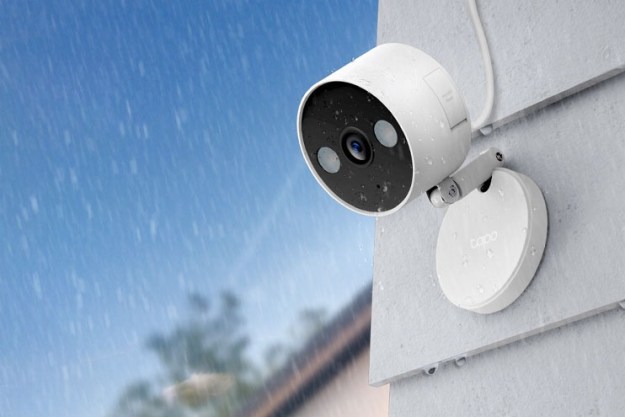
The CEO of Personal Comfort Systems is working on the Hyperchair, which looks like an ordinary desk chair but has low-energy fans, heating elements, and a battery built in. It was born out of research at UC Berkeley, led by Dr. Ed Arens. His team tested out some chair prototypes at the school’s library back in 2013 and found they could cut energy costs by 50 percent by turning on the chairs and turning off the thermostats, he told ABC News. It’s easier to heat people than buildings, and giving people the power to warm or cool their buns with the flick of a switch has a psychological advantage, too. “When they have control, they always perceive the environment as better,” says Hui Zhang, a researcher on the project.
Rumsey wants to bring that comfort and savings to office buildings. “The No. 1 complaint of occupants of office buildings is too hot, too cold by far,” he tells NPR. “We’re going to have the chairs take on more of the work of providing heating and cooling because they’re battery powered.” Buildings can then charge the lithium-ion batteries at night, when energy is less expensive.
The chair made BuildingGreen’s list of top 10 products for 2016, so hopefully that means the Hyperchair is coming to an icebox office building near you soon.
Editors' Recommendations
- Amazon’s Smart Thermostat lets Alexa choose the best temp
- Your Nest thermostat can now help to identify potential HVAC problems


